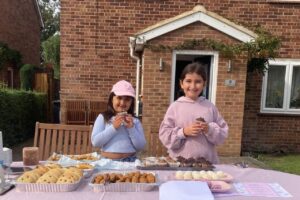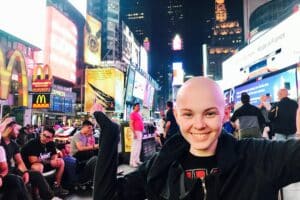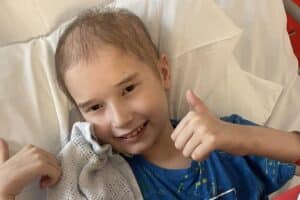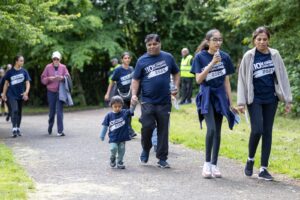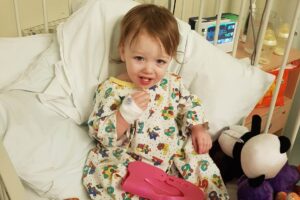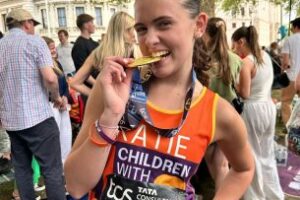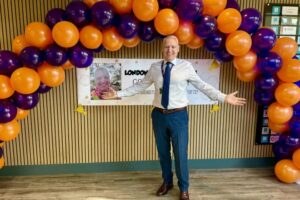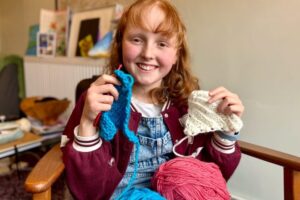Tilly’s story
Tilly was diagnosed with acute lymphoblastic leukaemia in 2014 when she was only two years old. Her mum Sarah shares their story: Support children like Tilly so that they have a future they deserve.
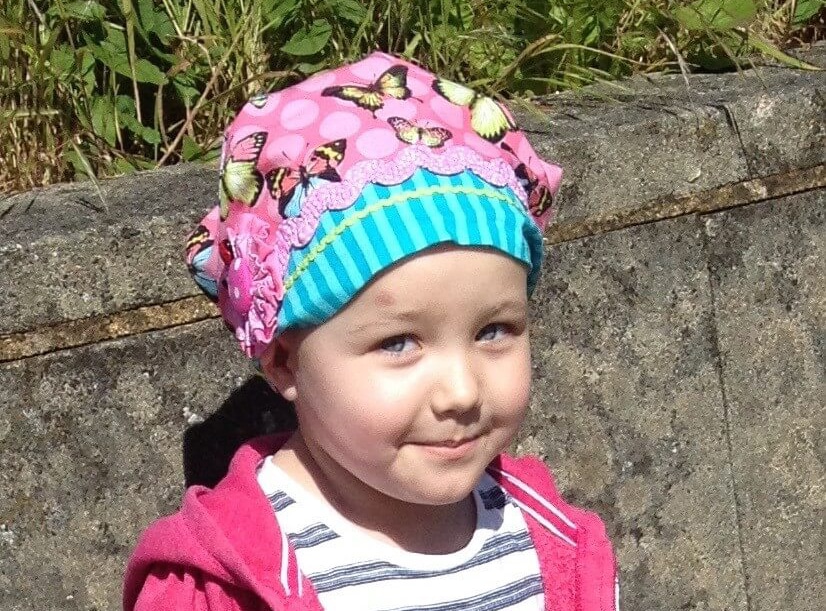
Shocking news
It was a massive shock the day we were given Tilly’s diagnosis. Tilly was two years old and it was Friday morning. It was her big sister Mollie’s ninth birthday and we had a lovely half hour opening presents before dropping Mollie to school. Tilly had been a little unwell but I thought it was caused by a UTI or viral infection. I took her to the doctors expecting antibiotics and whilst I was there, I mentioned to the GP that she seemed particularly pale and she thought it was worth investigating and sent us to A&E for a blood test. We arrived at around 11.30am and they had a quick look on arrival but did not seem unduly concerned. It was around 5.30pm before they took the blood sample and then they took the four of us to a room to wait for the results. At just after 10pm they came in to give us the devastating news.
When I heard the word leukaemia the only thing I could think of was that my baby had cancer. I couldn’t breathe. The doctor quickly got a nurse to sit and watch a movie with the girls and we were taken into a different room so we could sit and talk, ask questions and cry.
Neither my husband, Thain, nor I, slept at all that night. Mollie spent the night, her birthday, curled up on the bed next to Tilly.
The following day, my husband took Mollie home to make arrangements and pack and I stayed with Tilly. They had to start flushing her system immediately and then on the Sunday we were blue lighted in an ambulance to hospital which would be our home for the next two weeks.
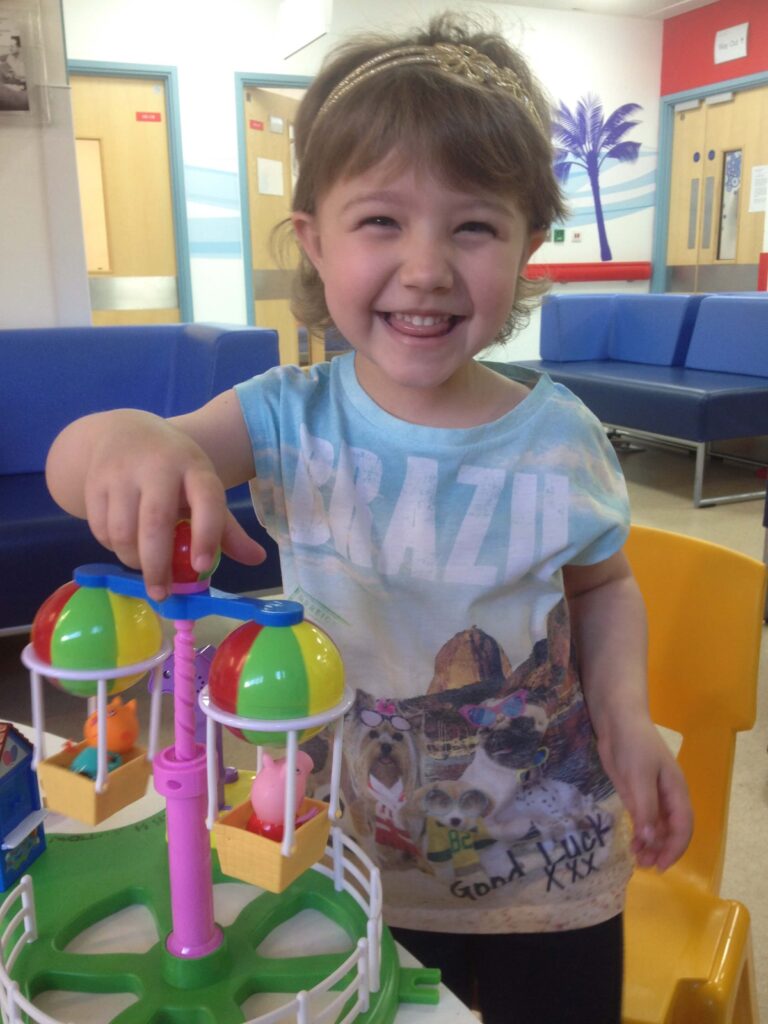
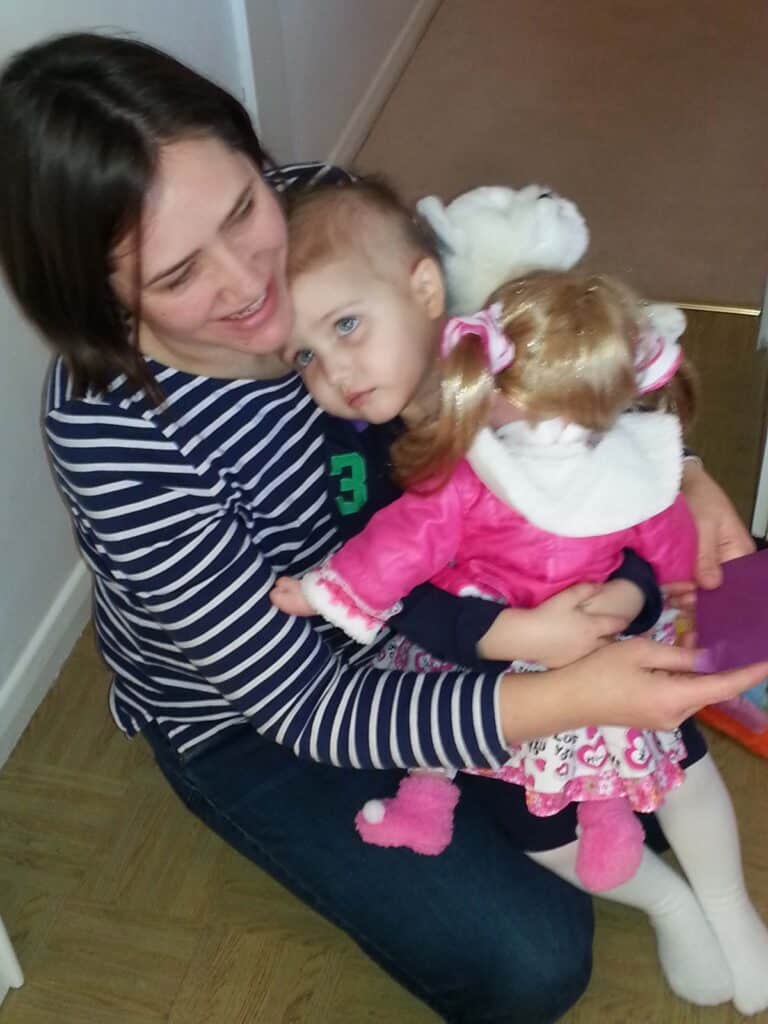
Our happy little girl was unrecognisable
Tilly regressed quite rapidly with the amount of steroids she was on during the first four weeks and by the end of week three she had stopped walking and talking. Most days she would sit rocking either on my knee or in a chair and she would scream if anyone other than myself even looked at her. She started to lose her hair and so we cut it short so it wasn’t such a shock, but within a week it was gone completely. It was a very scary time for us as a family as she was not at all recognisable as our happy funny little girl and we weren’t sure if we were ever going to get her back again. It took time, but once the steroids reduced back a little, we started to see glimmers of the old Tilly coming back to us again.
Tilly’s treatment
We took each day one at a time. If Tilly had a temperature of 38 degrees or more, it would result in a 2-3 day stay in isolation at our local hospital and so we tried not to plan too much.
The first 7 months of treatment were particularly hard. Because of the amount of chemotherapy drugs that she would require over such a long period of time, they operated and inserted a portacath into her chest with a line into the vein just above her heart. This allowed them to give her IV chemo and for them to take bloods far easier than constantly accessing her veins. It was also helpful for administering IV antibiotics and general anaesthetic when required. This avoided a hugely distressing time for Tilly as the cannulas were painful and at one really low point before her portacath, they had to try and take blood from a vein in her foot.
Over the two and a half years, Tilly had operations, bone marrow aspirates, intrathecal chemo into her spine via a lumber puncture every three months, daily and weekly blood tests, frequent IV chemo, monthly steroids and chemo, daily and weekly oral chemotherapy, numerous blood and platelet transfusions.
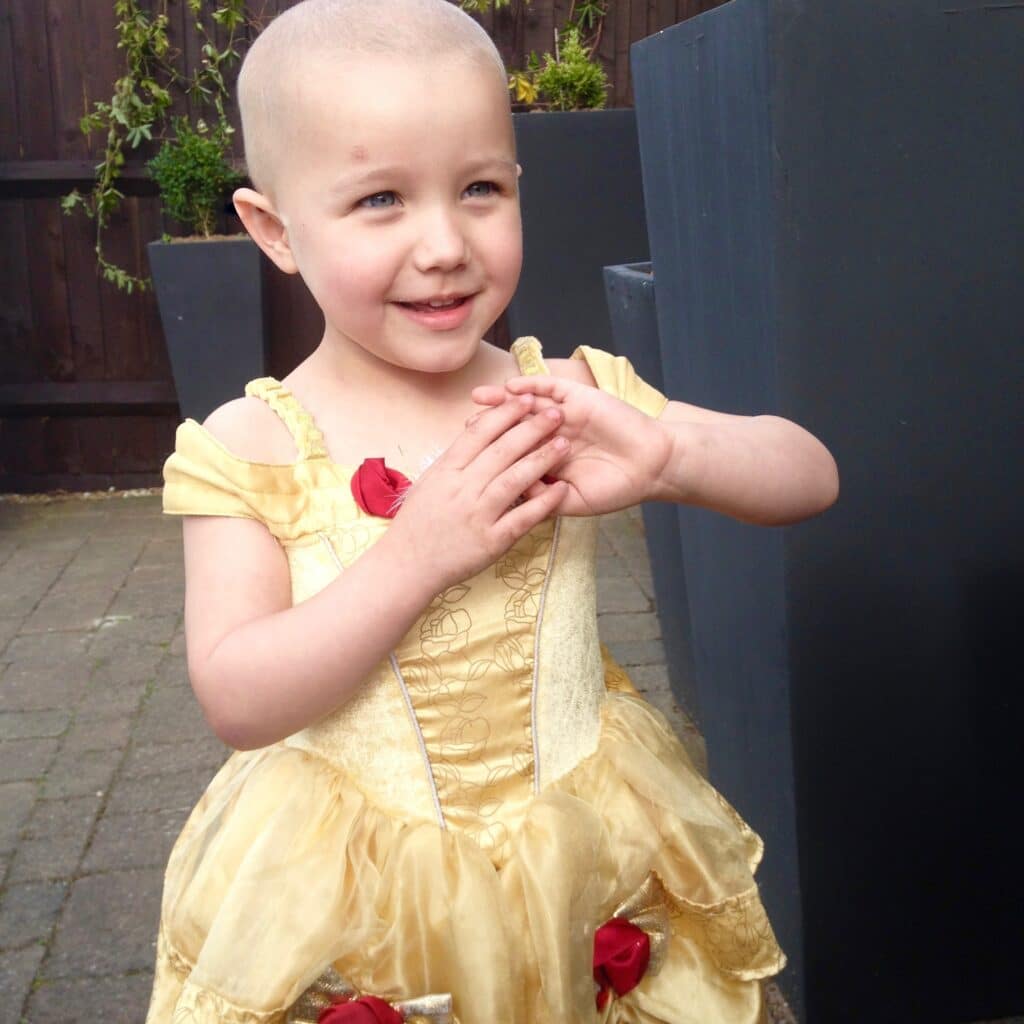
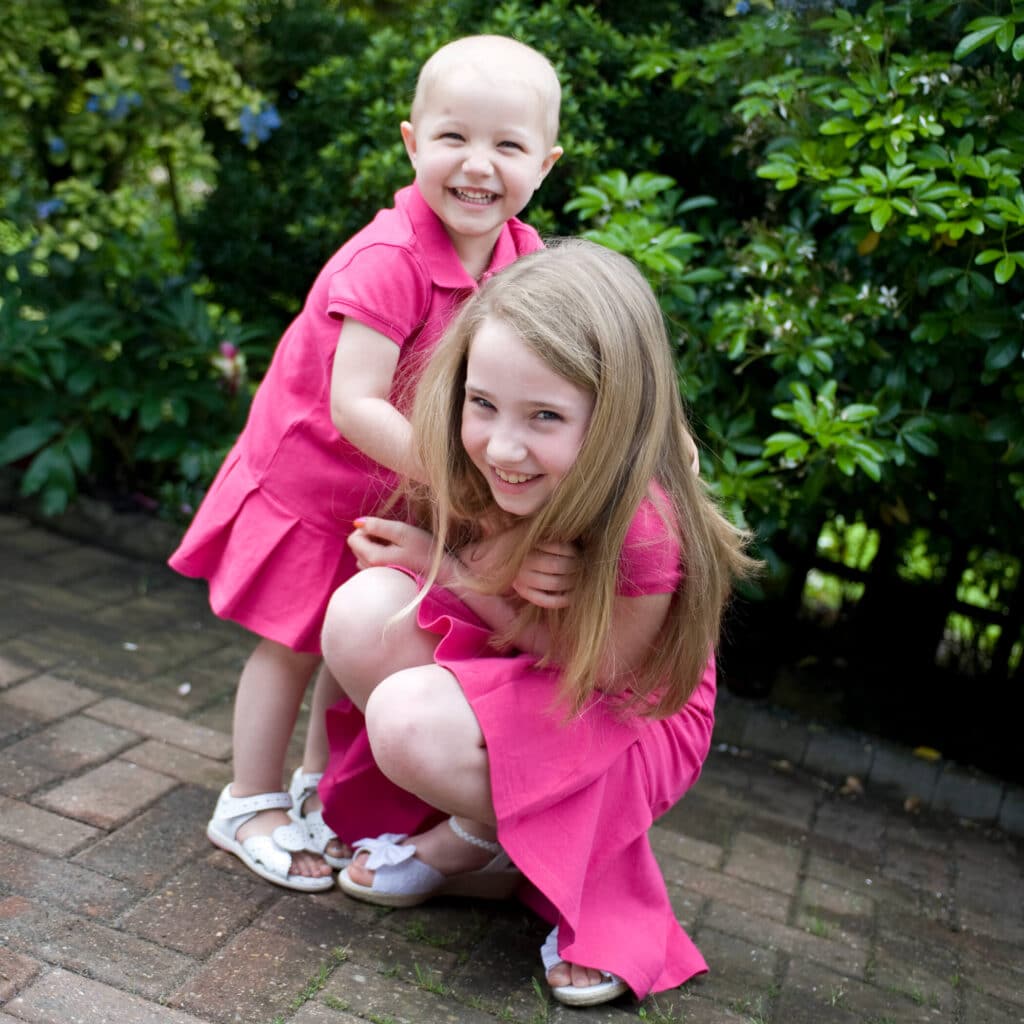
Tilly’s diagnosis changed everything
Tilly’s diagnosis had a huge effect on the family and resulted in a real life change in particular in our family work life balance moving more towards family values. I gave up work and my husband worked less hours. We also changed our habit of travelling long distances to visit family and friends and no longer travelled further than a couple of hours of hospital to ensure we never risked Tilly’s health. We developed the back garden with the girls who enjoyed the involvement and Tilly loved the new play areas at times when her immune system was low or she was too ill to play with other children.
My personal coping mechanism was to be totally on top of all of Tilly’s medical needs. I scheduled her medication and appointments on my calendar and had phone alerts for everything to ensure that I never missed a thing. I wrote notes and researched information the doctors gave us. It was like learning a new language at first and I was always worried that I did not understand what the doctors were talking about, but it soon became clearer and the terminology familiar.
Friends were amazing when Tilly was diagnosed. In the early days, they visited us in hospital and brought food and support for the both of us. Offers for help with Mollie were numerous and it was good to know that there were people there to support you. In time, we made friends with other families going through the same and this helped tremendously.
Life after treatment
Tilly finished treatment over three years ago now and we see her doctors twice a year for a slightly anxiety fuelled check-up. She has a couple of cognitive issues as a result of her chemo but she is doing amazingly well and people frequently comment on how confident and happy she is. Her head teacher recently told me that you can’t be sad in a room with Tilly because of her infectious smile.
We are just so grateful for all of the research and developments in leukaemia treatment and care over the past years. Without this research, we wouldn’t have our gorgeous little lady today.
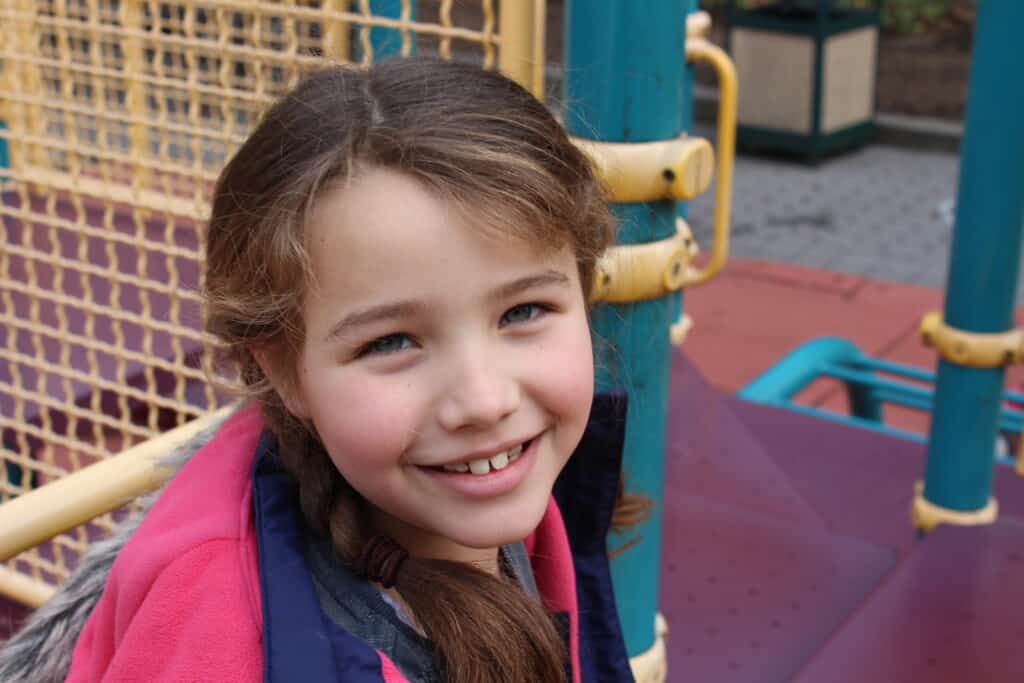
How you can help
If you’ve been touched by Tilly’s journey, help us invest in the high quality research that really matters which would otherwise go unfunded. This helps to support children with cancer so they can be with their families for longer.
Have you or a family member been affected by childhood cancer?
Many of our supporters have been affected by childhood cancer – either through family, friends or their own personal experience. These patient stories can help inspire others to get involved with us, or can support our media work. If you have a story that you would like to tell,
Other stories
We have lots of information to help you learn more about childhood cancer. From specific cancer types, to treatments and causes.

